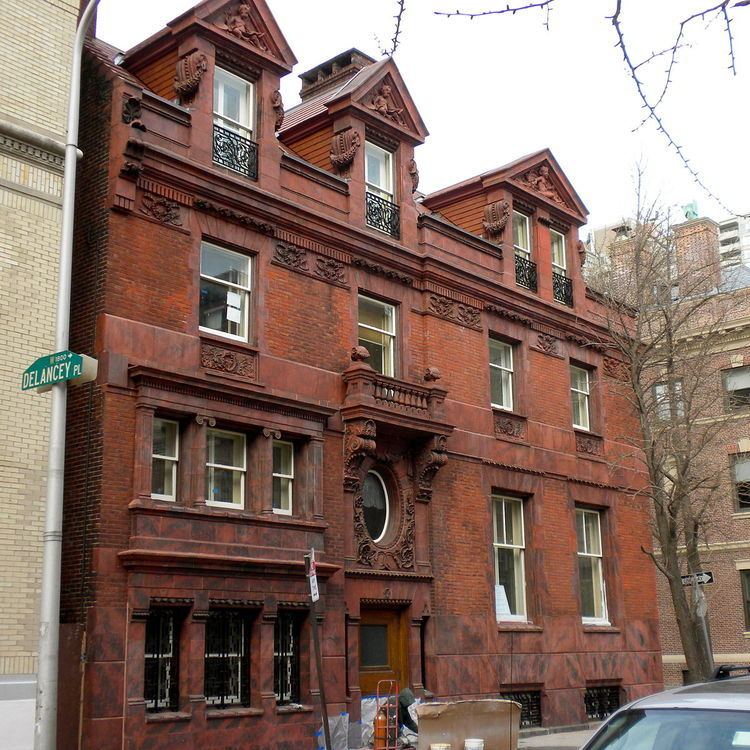Name Caroline Jayne | Uncles Frank Furness | |
 | ||
Similar People Horace Howard Furness, Frank Furness, William Henry Furness | ||
Grandparents William Henry Furness | ||
Mouth/bouche
Caroline Furness Jayne (1873–1909) was an American ethnologist. She wrote the best-known book on string figures, String Figures and How to Make Them: a study of cat's cradle in many lands, 1906.
The daughter of the Shakespearean scholar Horace Howard Furness, and a graduate of Philadelphia's Agnes Irwin School, she became the wife of Horace Jayne, a biology professor at the University of Pennsylvania. Her brother, William Henry Furness III, received his M.D. from the same university and was an "extensive traveler" and a fellow of the Anthropological Institute of Great Britain.
Her string figure mentor was Alfred Haddon, a Cambridge ethnologist who began the introduction to her book by noting that "in ethnology ... nothing is too insignificant to receive attention". He then goes on to defend the research invested in the unpromising amusement of string figures. Jayne, an extensive traveler herself, was the first to create a popular study of string figures building on dry academic papers which had appeared in journals like The Annual Report of the Bureau of Ethnology and the Proceedings of the Royal Geographical Society as well as in a variety of foreign language anthropological journals. (These are listed in her Bibliography (pp. 396-98) and include papers by Dr Haddon (six) and 42 other researchers.)
String Figures and How to Make Them was first published in 1906 by Charles Scribner's Sons, New York (ISBN 0-8446-2318-0), and was reprinted by Dover Publications, New York in 1962 (LCCN: 62-51880); later reissues have ISBNs 0-613-81171-2 and 0-486-20152-X. It included figures illustrating every game and 16 portraits of players.
Whew! Five-dollar cat's-cradles! Several full-page pictures and 934 other illustrations of cat's-cradles and other string figures. One is appalled at any attempt at description of such a book, so simple and yet so complex, so slight in its purpose, so vast in its revelation, and when one has gone through these more than 400 pages and nearly a thousand pictures he learns that all of this is merely "an introduction," to a real study of string figures—games which are widespread among primitive peoples, and played by weaving on the hands a single loop of string in order to produce intricat patterns supposed to represent certain familiar objects. All that is known of cat's-cradle figures in all lands and times is here gathered together with numerous studies, historic and ingenious. While there is in this a purpose to inspire the collector's craze of cat's-cradle curiosities in all races and places, there is a higher purpose of interesting people in the fascination of these games that quicken intellectual activities along a different line from bridge whist, games in which young and old alike can participate.
The Jaynes lived in Philadelphia in a city house at 19th & Delancey Sts., designed by her uncle, the architect Frank Furness. Their son, Horace H. F. Jayne, became the first curator of Chinese art at the Philadelphia Museum of Art, and later was director of the University of Pennsylvania Museum of Archaeology and Anthropology and a curator at the Metropolitan Museum of Art.
